Federal Tax Credits Drive Alabama’s Solar Revolution
Alabama might surprise you with its growing commitment to renewable energy incentives, even though the state traditionally relied on coal and natural gas. The most significant change came through the Inflation Reduction Act, which pushed the federal solar tax credit expiration date from 2024 to 2035 and increased the credit percentage to 30%. This tax credit equals 30% of your solar installation costs and reduces what you owe in federal income taxes for the year. For Alabama residents, this represents thousands of dollars in savings that make solar installations more affordable than ever before. The federal incentive has become the backbone of Alabama’s renewable energy push, creating a foundation that other states are watching closely.
First Solar’s Billion-Dollar Investment Changes Everything

First Solar inaugurated its new $1.1 billion solar panel manufacturing facility in Lawrence County, which is expected to create over 800 new energy technology manufacturing jobs in the state. This massive investment represents one of the largest clean energy manufacturing projects in the Southeast and shows how Alabama is positioning itself as a leader in renewable energy production. The facility solidifies the role of the Gulf Coast states in enabling America’s all-of-the-above energy strategy, producing American solar panels with American-made components sourced from a supply chain that spans the country. The $1.1 billion manufacturing facility in Lawrence County is likely the largest investment project ever undertaken in one of Alabama’s rural counties, strengthening the state’s growing leadership in the US clean energy industry. The facility represents a complete shift in how Alabama approaches renewable energy manufacturing.
State Energy Programs Fuel Local Innovation

The State Energy Program’s purpose is to provide funding and technical assistance to enhance energy security, advance state-led energy initiatives, maximize the benefits of decreasing energy waste, and increase energy affordability. Alabama’s current program offers at least $745,000 in total funding with minimum awards of $25,000 and maximum awards of $50,000 for energy-efficient retrofits. Eligible applicants include local governments, public K-12 school systems, and non-profit organizations. These programs create a ripple effect throughout communities, allowing smaller organizations to participate in the renewable energy transition. The state’s approach focuses on practical applications that demonstrate immediate benefits to taxpayers.
Alabama Power’s Mixed Approach to Solar Incentives
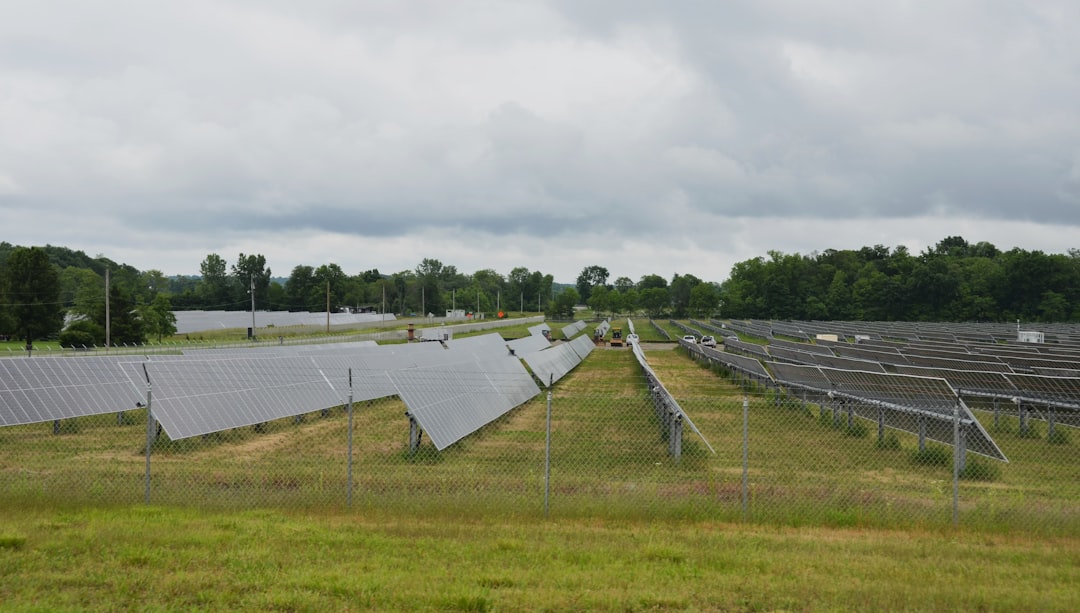
Although the state doesn’t require net metering, Alabama Power does offer a solar buyback plan under the Purchase of Alternate Energy rate, with excess solar power sent to the grid valued at an energy credit rate of about $0.03 per kWh. Alabama Power offers rebates including $500 back on electric water heaters of your choice over 30 gallons. The utility also provides EV home charging incentives, offering an affordable and convenient way to charge electric vehicles while you sleep. However, this approach creates tension with independent renewable energy developers who want better rates for their solar production. The utility’s strategy reflects Alabama’s cautious but steady movement toward renewable energy adoption.
Property Tax Breaks Sweeten the Deal
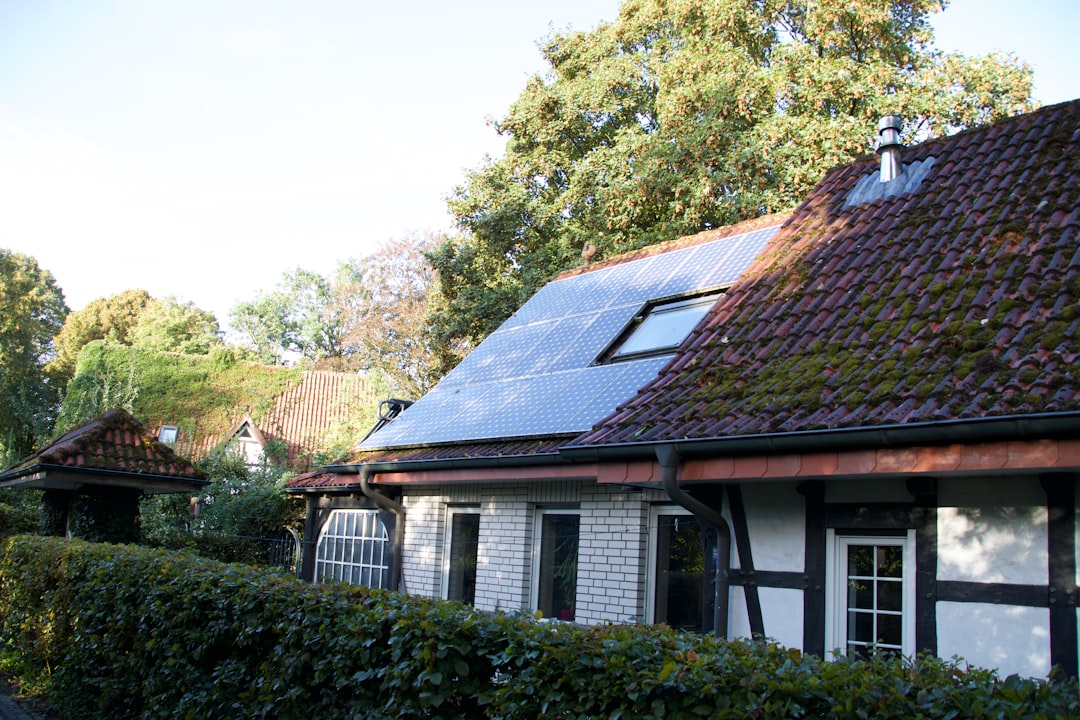
Alabama offers a property tax exemption for renewable energy systems, including solar installations, meaning that the added value of your solar panels will not increase your property taxes. The state of Alabama offers property tax abatements for qualifying renewable energy facilities, meaning that for tax purposes, the addition of a solar energy system won’t result in an increase in your property’s assessed value. The state has a general sales tax of 4%, however, renewable energy facilities qualify for a 1.5% rate provision that is set for manufacturing and farm machinery. These tax advantages make Alabama surprisingly competitive with other states that have more aggressive renewable energy mandates.
Growing Solar Investment Numbers Tell the Story

Alabama currently has 862 MW of solar installed, ranking 38th nationally (up from 42nd in 2024), with enough solar to power 94,768 homes and representing 0.88% of the state’s electricity from solar. The state has 757 solar jobs across 40 solar companies, including 17 manufacturers, 14 installers/developers, and 9 others, with total solar investment reaching $914 million. Growth projections show 1,317 MW expected over the next 5 years, ranking Alabama 37th nationally. Think about this: Alabama moved up four spots in national rankings in just one year, showing real momentum in renewable energy development.
Corporate Giants Choose Alabama for Solar Projects
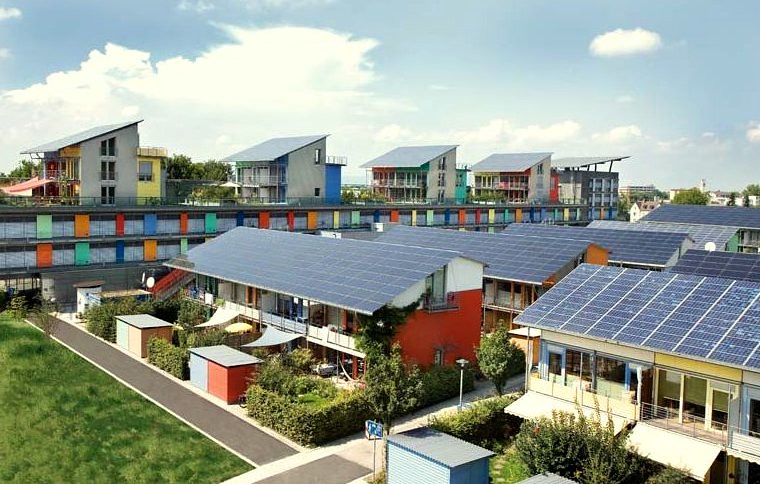
Meta, Walmart and Toyota have all gone solar in Alabama, with Meta’s 294 MW Colbert County Solar project in Cherokee being the largest corporate project in the state. Meta Platforms launched plans for an $800 million data center in Montgomery, supporting 100 operational jobs and building on the company’s earlier $1 billion+ investments in Alabama. At 127.3 MW, Black Bear Solar 1 in Montgomery is among the largest solar installations in Alabama, completed by Lightsource bp in 2017 with enough electric capacity to power more than 14,000 homes. These corporate investments prove that major companies see Alabama as a viable location for large-scale renewable energy projects. The state’s business-friendly environment combined with improving renewable energy infrastructure creates attractive opportunities for corporate sustainability goals.
Local Loan Programs Support Community Projects
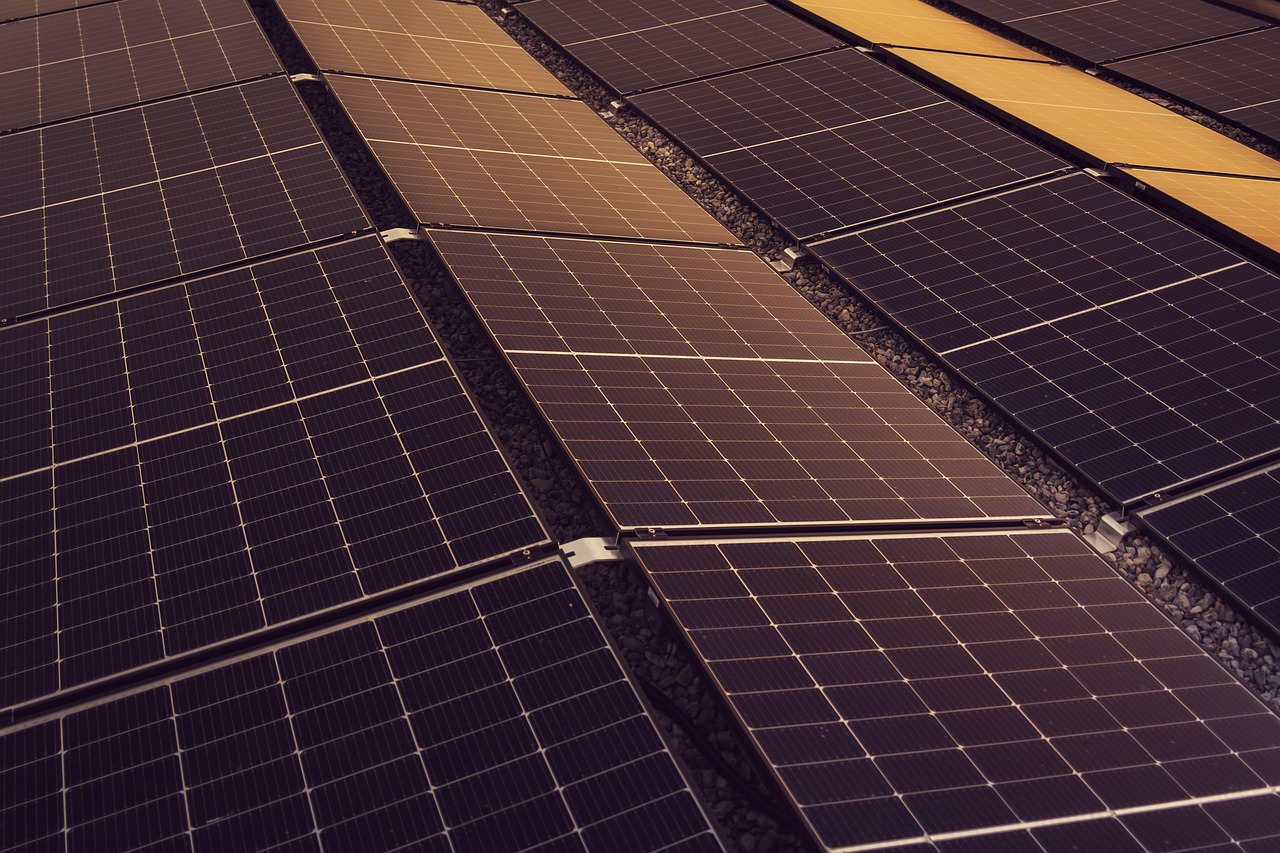
Through a public-private partnership with PowerSouth, Alabama’s Local Government Energy Loan Program offers zero-interest loans to local governments, K-12 schools, and public colleges and universities for renewable energy systems, with municipal and county governments able to borrow up to $350,000 for eligible projects. The Alabama Department of Economic and Community Affairs offers an energy efficiency and renewable energy participating loan program called AlabamaSAVES, funding subordinated participating interests in qualified third-party loans used to finance energy projects at existing commercial, industrial and non-profit businesses. The minimum loan amount is $50,000. These programs make renewable energy accessible to organizations that might not otherwise have the capital for large investments.
The “Powering Growth” Act Signals New Direction
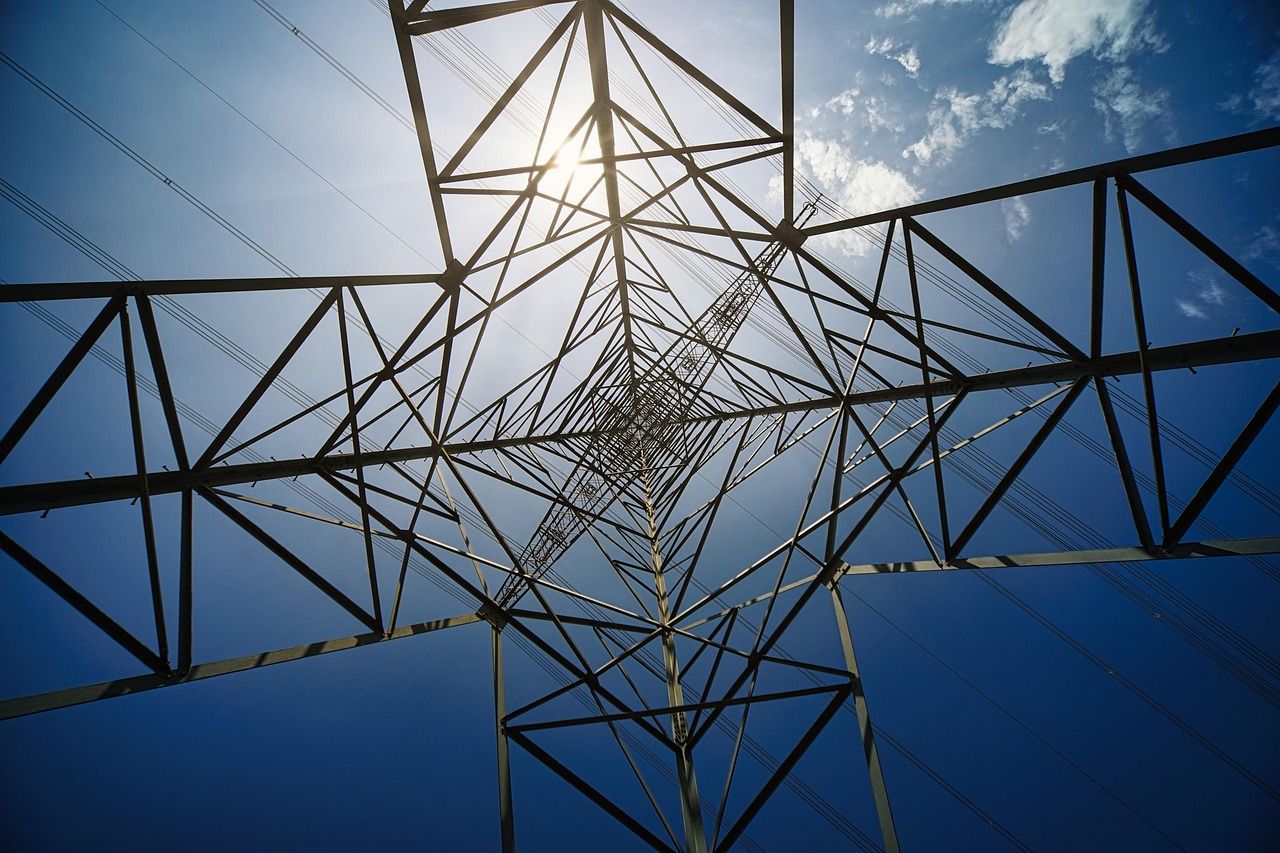
Alabama Governor Kay Ivey signed the “Powering Growth” act into law, an “all-of-the-above” energy plan that focuses on expanding energy capacity and developing prime sites for industrial and commercial development. The plan aims to streamline the permitting process for energy infrastructure projects, address supply chain bottlenecks, and provide new sources of funding and financial support for projects through the establishment of the Alabama Energy Infrastructure Bank. Governor Ivey stated that to keep Alabama’s economy growing, they need to ensure adequate power support, making energy infrastructure robust enough to meet the demands of new industries, new jobs and a stronger future. This comprehensive approach shows Alabama recognizing that renewable energy isn’t just about environmental benefits – it’s about economic competitiveness.
Alabama Ranks Higher Than Expected in Solar Growth
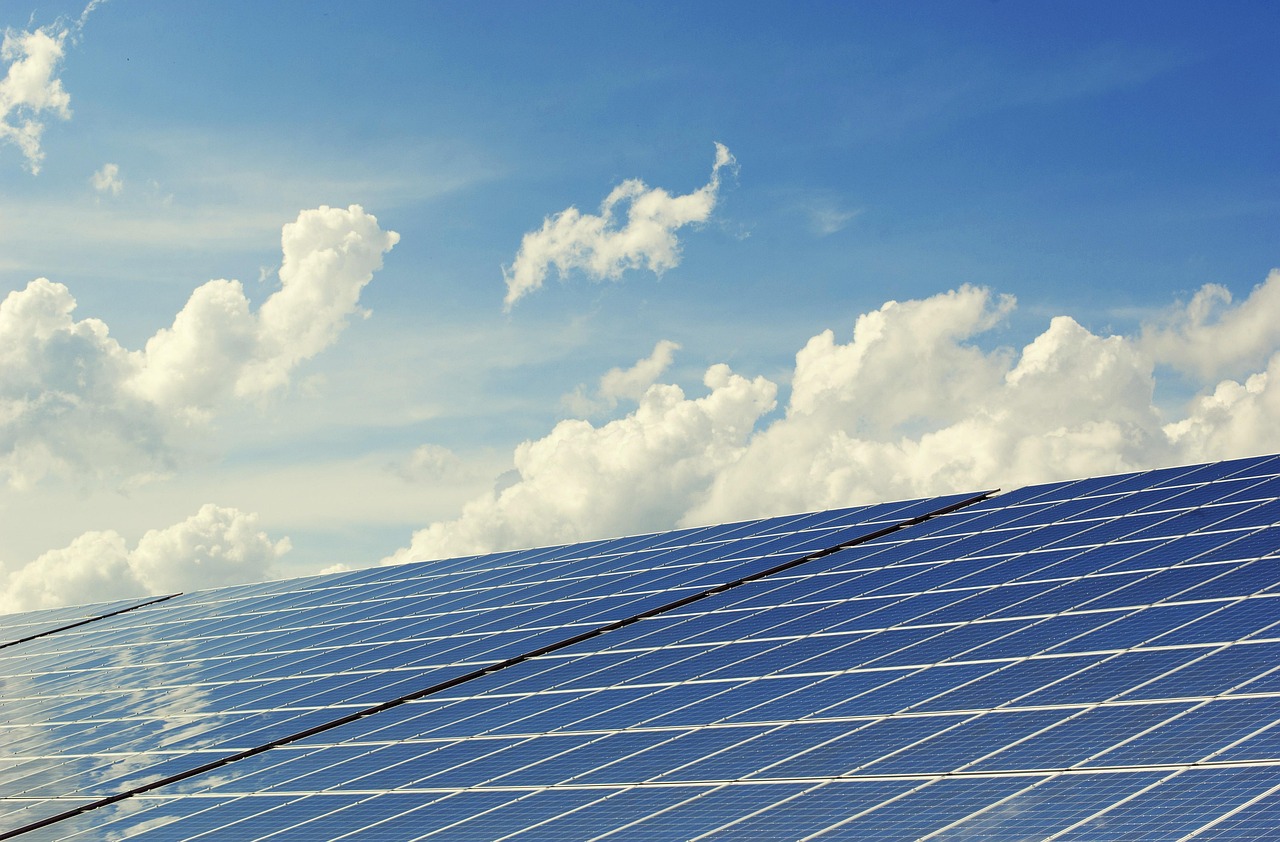
According to the Solar Energy Industries Association, the leading state in the solar energy economy based on installed solar capacity in 2023 was Texas, followed by California, Florida, Colorado and Ohio. The Solar Energy Industries Association ranks Alabama 28th as of Q1 2023, with these stats taking into account production, investments, projections, impact, and policies. The Southeast region, including Georgia, Alabama, and Tennessee, has attracted panel and inverter makers due to lower energy costs and state incentives. Alabama’s ranking puts it ahead of many states that talk more about renewable energy but haven’t achieved the same level of actual implementation. The state’s pragmatic approach focuses on results rather than rhetoric.
Manufacturing Jobs Boom Creates New Opportunities

First Solar estimates that its new investments in Alabama and Ohio will add at least 850 new manufacturing and over 100 new R&D jobs, taking its total number of direct jobs in the U.S. to over 3,000 people in four states by 2025. According to the 2024 U.S. Energy & Employment Report, solar PV manufacturing employment jumped 3% in 2023, adding over 50,000 jobs as part of the 52,000 gain in energy-related manufacturing. Industry forecasts project U.S. solar, wind, and battery manufacturing will support over 300,000 jobs by 2030, driven by continued IRA credits and state clean-energy mandates. These aren’t just any jobs – they’re high-tech manufacturing positions that offer good wages and benefits in communities that need economic development.
Challenges Still Remain But Progress Continues
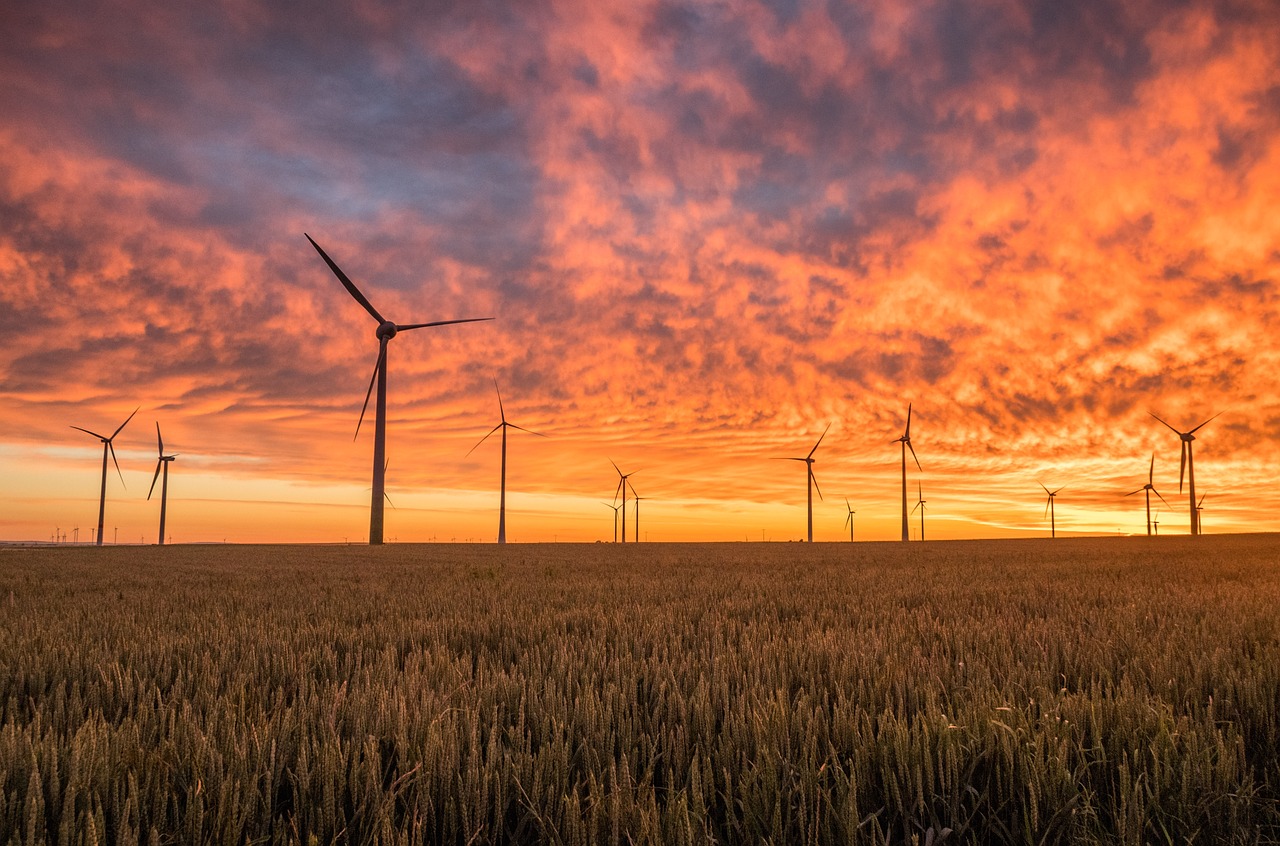
Alabama has fewer incentive programs available than most other states, mostly because the state is one of the few left that has not set a Renewable Portfolio Standard goal, and Alabama currently doesn’t have an RPS goal in place. The Alabama Public Service Commission approved a rule in 2024 that significantly reduces the rate the state’s largest utility Alabama Power pays to independent power producers, imposing a $0.00193 per kWh fee for large-scale energy projects not owned by Alabama Power. Alabama does not have a renewable portfolio standard or a voluntary renewable energy goal or have a state-wide net metering policy to encourage residential development of renewable-sourced electricity. Despite these obstacles, companies and individuals continue investing in Alabama’s renewable energy future, proving that market forces can drive change even without perfect policy conditions.
Rural Communities See Biggest Investment Impact

Alabama’s rural counties attracted $1.2 billion in investments in 2024, creating nearly 1,700 new jobs. First Solar’s $1.1 billion manufacturing facility in Lawrence County represents the largest investment project ever undertaken in one of Alabama’s rural counties, marking a tremendous milestone for Alabama, particularly for Lawrence County and District One. Economic development efforts in 2024 secured $7 billion in new capital investments across 224 projects, generating more than 8,500 career opportunities for Alabamians, reinforcing Alabama’s position as a premier destination for business growth, innovation and job creation. Rural Alabama is experiencing an economic transformation that many didn’t see coming, with renewable energy manufacturing leading the charge.
Alabama’s Strategy Influences National Policy
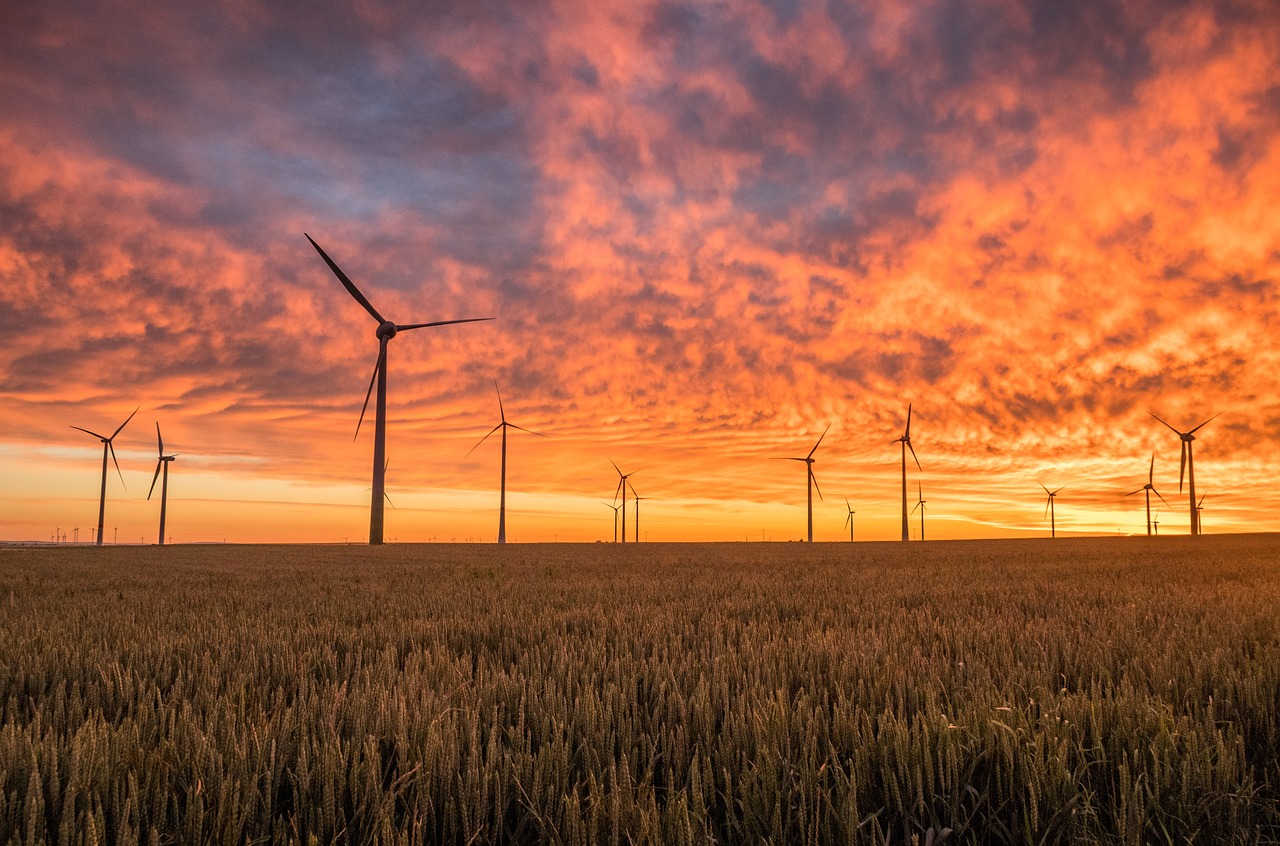
Pending legislation, such as Republican proposals to repeal key domestic-production tax credits, could dampen investment and stall job growth, particularly in red states that have already attracted 73% of IRA-backed facilities. Quarterly investment in clean manufacturing soared from $2.5 billion in Q3 2022 to $14.0 billion in Q1 2025, with over 100,000 clean energy jobs created within six months of the IRA’s passage. Alabama’s success in attracting renewable energy investment while maintaining its conservative political identity demonstrates that clean energy can work across party lines. The state’s model of focusing on jobs and economic development rather than environmental rhetoric may influence how other conservative states approach renewable energy policy.
Alabama’s approach to renewable energy incentives might not grab headlines like California or Texas, but the results speak for themselves. From billion-dollar manufacturing facilities to innovative loan programs, the state has quietly built a foundation for renewable energy growth that other states are studying. The combination of federal tax credits, strategic state programs, and business-friendly policies has created an environment where clean energy companies want to invest and expand. What would you have guessed about Alabama’s renewable energy leadership five years ago?







